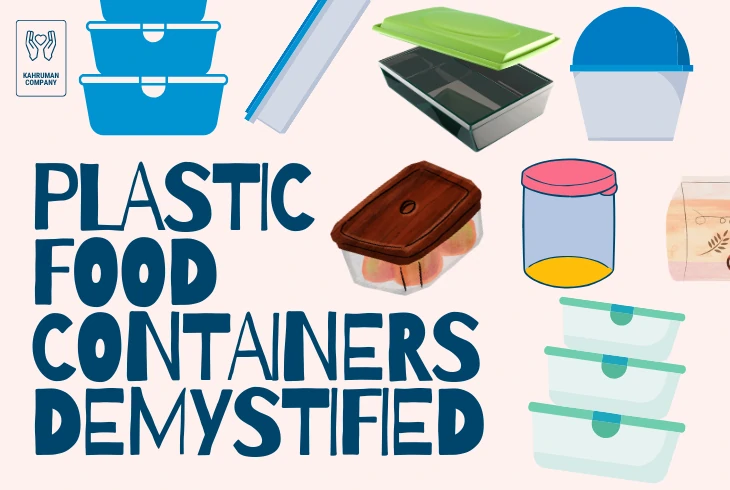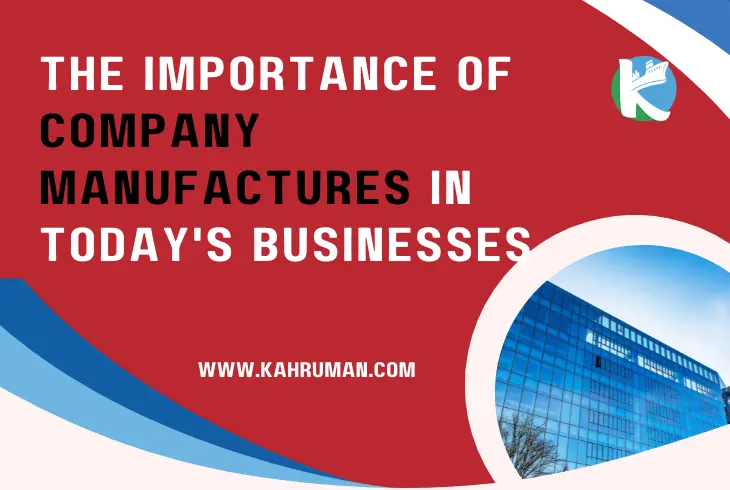MOQ & RFQ are two standard terms in Business-to-Business (B2B) marketplaces. In B2B, transactions involve companies, wholesalers, and retailers. This article will examine MOQ and RFQ terms and their relevance to the B2B field.
What is a MOQ: Minimum Order Quantity?
MOQ refers to the least amount of goods a supplier can produce. It is a method followed by suppliers to make up for production costs and to generate profits. MOQ could be defined by the number of units a supplier is willing to produce or sell at once. On occasion, MOQs are determined based on currencies, like $10,000 worth of goods. MOQs differ from one supplier to another.
This is because vendors can negotiate an MOQ suitable to their needs. Such a process is vital for suppliers because it makes them decide what businesses they should deal with. Based on MOQs set by suppliers, companies can communicate with them about the number of products they demand. For example, small-scale businesses require fewer products than large-scale businesses.
Why is MOQ crucial for suppliers?
MOQs help suppliers avoid substantial up-front costs required for the production process. Suppliers would not be obliged to sell their products on a tight margin. MOQs allow suppliers to specify a certain amount of money for a production run; the necessary production processes. By doing so, MOQs enable them to cover all costs required for the production process and make profits with each other.
Another advantage of MOQs is that they are more cost-wise for suppliers. Suppliers will only purchase the bulk raw materials needed for the production run. As a result, they will avoid the costs related to the extra labor and shipping required for each unit. This process is cheaper and more cost-effective.
What are the features and abuses of Minimum Order Quantity?
MOQ enables vendors to get the best prices available per unit. This is because the more bulk products a trader buys from a supplier, the lesser the cost of products will be. This process can maximize buyers' profits quickly when they sell the products to retailers.
On the other hand, MOQ can be untoward for startups and new businesses. This is because they require a few units, which does not suit the MOQ of many suppliers. New companies need to meet the upfront costs required for the production run of their products. It can be hard for them to cover other fees, such as shipping and customs fees. In this case, startups and small businesses must find suppliers matching their low MOQ.
What do vendors do in case they exceed the supplier's MOQ?
It would be fine for the supplier to fulfill buyers' requirements for more goods. Vendors communicate with the suppliers on their needed units to ensure they have the necessary resources. Such as machinery, materials, and workers. While some suppliers have a maximum number of units they can produce at once, large factories have the needed resources for big businesses' production runs. In such a case, the supplier's MOQ can be widened.
How to find manufacturers that offer MOQ that will suit you?
Here are a few steps you can take to find manufacturers that offer minimum order quantities (MOQs) that will suit your needs:
Determine your needs: Before you start searching for manufacturers, it's important to have a clear understanding of your product requirements, including the quantity you need, the materials and features you need, and your budget. This will help you narrow down your search and focus on manufacturers that can meet your needs.
Research potential manufacturers: There are several ways to find manufacturers that may be able to meet your needs. You can search online directories, use sourcing platforms, or attend trade shows to find a list of potential manufacturers.
Contact manufacturers: Once you have a list of potential manufacturers, reach out to them to learn more about their MOQs and other terms of sale. Make sure to ask about their production capabilities, lead times, and pricing to get a better understanding of whether they will be able to meet your needs.
Negotiate MOQs: If you find a manufacturer that can meet your needs but their MOQ is too high, you may be able to negotiate a lower MOQ or a custom production arrangement. Be prepared to explain your needs and justify your request.
Choose the best manufacturer: After you have gathered information from multiple manufacturers, compare the terms and prices offered by each and choose the one that best meets your needs.
How do you calculate MOQ?
Minimum order quantity (MOQ) refers to the smallest quantity of a product that a manufacturer is willing to produce or sell. MOQs are often set by manufacturers to ensure that they are able to cover their production costs and make a profit on each order.
There are several factors that manufacturers may consider when setting MOQs, including production costs, demand for the product, and the size of the market. Some manufacturers may have a standard MOQ that they apply to all orders, while others may be willing to negotiate MOQs on a case-by-case basis.
To calculate MOQ, you will need to consider the following factors:
Production costs: Manufacturers need to cover the costs of materials, labor, and overhead in order to produce a product. To calculate MOQ, you will need to consider these costs and determine the minimum number of units that must be produced in order to break even or make a profit.
Demand for the product: The MOQ may also be influenced by the level of demand for the product. If demand is high, the manufacturer may be able to justify a lower MOQ.
Size of the market: The size of the market for the product may also be a factor in determining MOQ. If the market is large, the manufacturer may be able to justify a lower MOQ.
To calculate MOQ, you will need to have a good understanding of the production costs and demand for the product, as well as the size of the market. You can then use this information to determine the minimum number of units that must be produced in order to break even or make a profit.
What is a RFQ: Request for Quotations?
RFQ is a process adopted by businesses whereby they request from a selected number of suppliers to submit quotes and price bids for the required goods. Companies do RFQ for generic standard products. This process is called an Invitation for Bid (IFB). Businesses use RFQ to find the best and lowest available prices. RFQ is crucial for companies that need a permanent supply of a specific quantity of everyday goods.
RFQs consist of 4 main phases. These are preparation, processing, awarding, and closing. At the RFQ's final step, the contract will be awarded to the supplier that presents the lowest quotation and meets the minimum qualifications set by the buyer.
Request for Quotations include the following:
- Details on the goods, such as pricing.
- Payment terms.
- Bulk discounts.
- Service time.
- Cost per unit.
- Service time.
What are the features and abuses of Request for Quotations?
Features:
1. In RFQ, companies target a definite number of trusted suppliers.
2. Time-saving: companies will look into the solicited number of bids.
3. Companies will compare the offers and choose the best among them.
4. RFQ reduces the time the company needs to obtain the required goods.
5. RFQs provide a high degree of safety for companies.
Abuses:
Companies (using RFQ) may miss the best time to find the lowest bids on the required products. This is because RFQs limit the competition to selected suppliers only. Companies may lose the chance to know about better moments for the lowest prices in the market. Buyers would need to learn about new, better suppliers.
What are the steps of the Request for Quotations?
RFQs follow 6 main steps:
1. preparing the needed documents, which include the company's demands.
The papers should contain the following:
- A definition of the products.
- Delivery requirements.
- Quantities.
- Payment terms.
- Decision strategy.
- Decision timeline.
- Review process.
- Contract terms.
- Submission requirements.
2. Defining the supplier list. In this phase, vendors define a list of preferred suppliers. This phase requires that buyers assess both the financial and usable risks.
3. The third step is sending out the RFQ. In this phase, businesses set apparent completion and submission dates. In this phase, buyers should give bidders enough time to send their responses.
4. The fourth step is receiving the answers and analyzing outcomes. In this phase, bids have to be confidential to ensure fairness.
5. The fifth step is the estimate process. This phase is based on choosing the supplier with the lowest price.
6. The final step is notifying unsuccessful bidders.
MOQ and Requests for Quotations are two critical processes for all businesses across many sectors. Buyers must learn about them to grow their businesses and learn how to deal with suppliers successfully!










